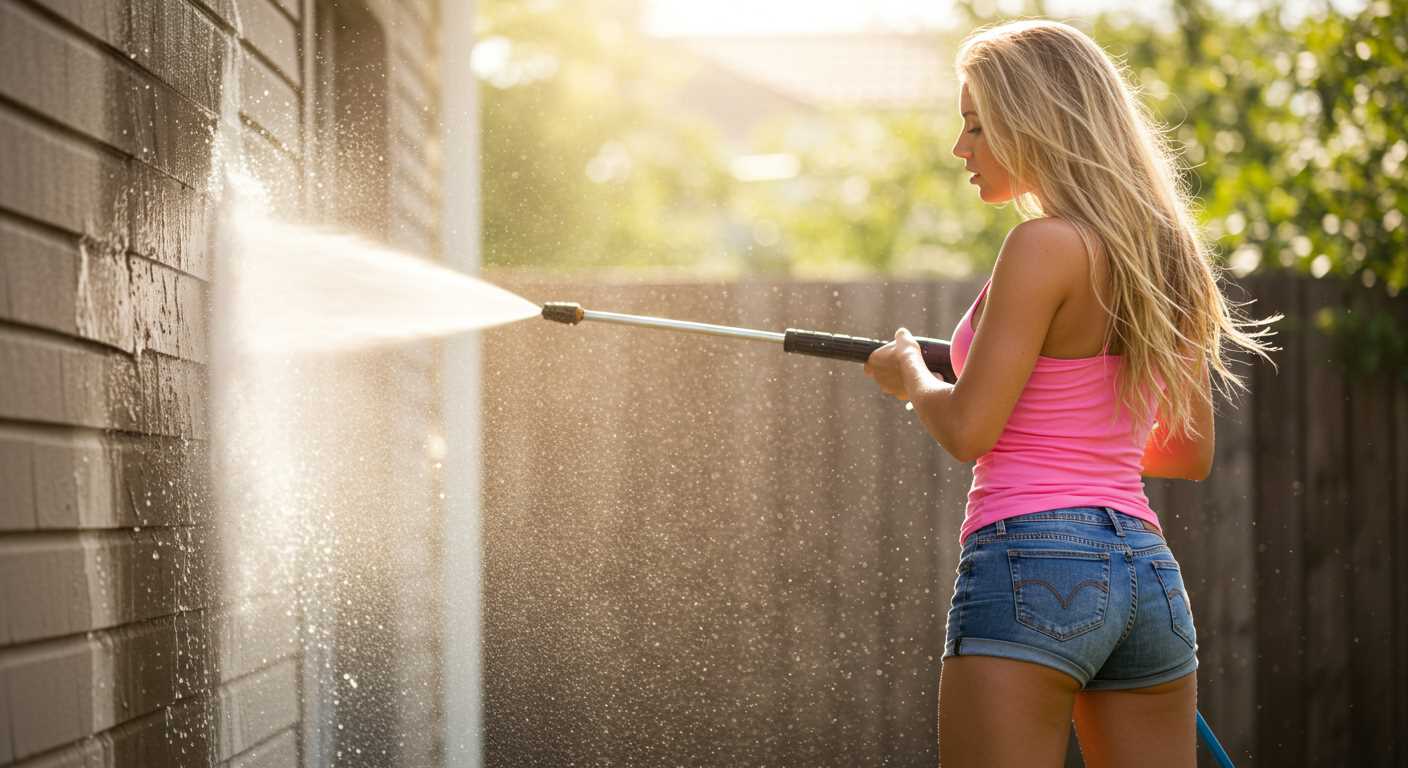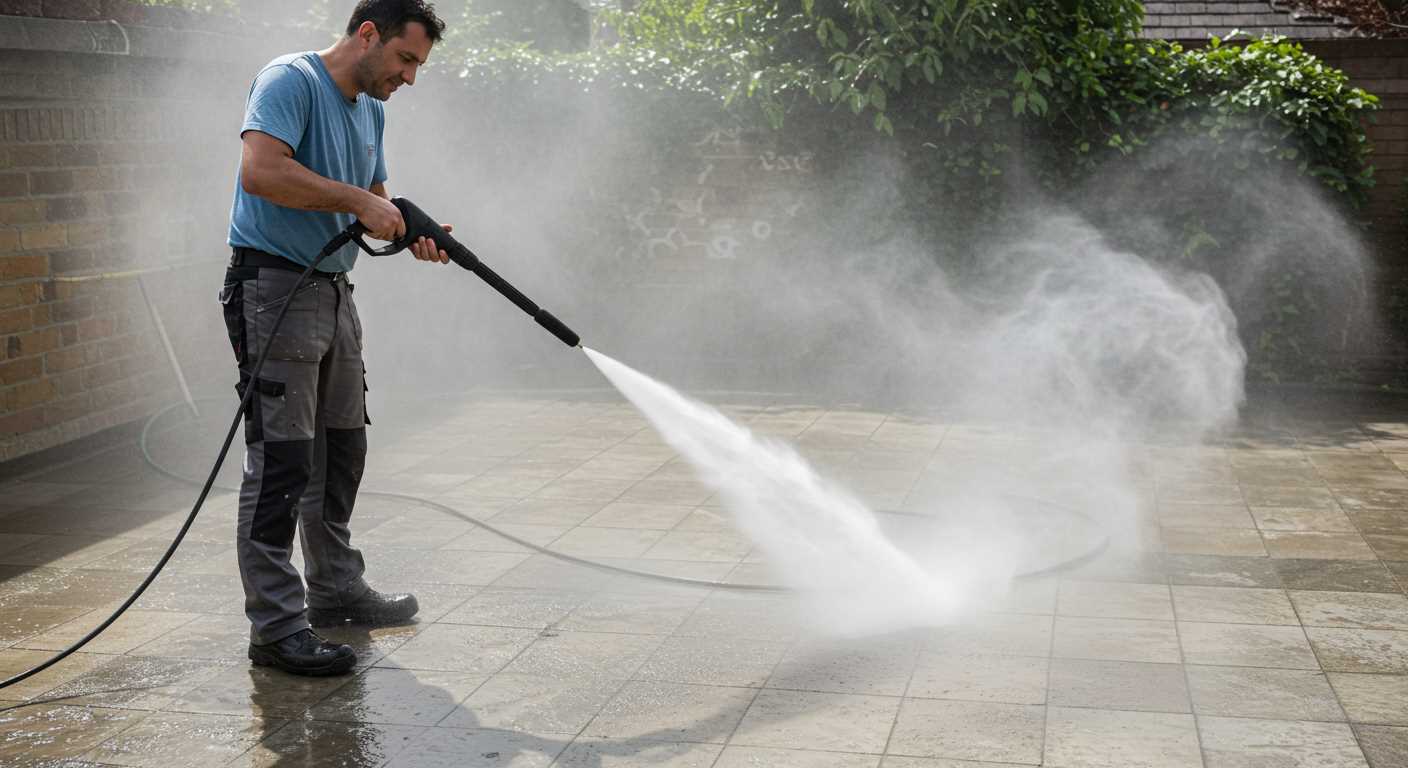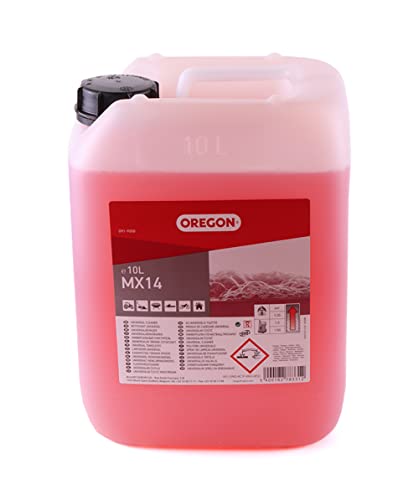



For optimal results, my recommendation is to first consider the cleaning tasks you will tackle most frequently. If your primary focus is on light-duty jobs like washing vehicles or patio furniture, a model rated at 1300-1900 PSI (pounds per square inch) will suffice. For medium-duty tasks, such as cleaning driveways or decks, look for units within the 2000-2800 PSI range. Heavy-duty equipment, perfect for commercial-grade applications, should feature ratings above 2800 PSI.
Next, pay attention to the flow rate, measured in GPM (gallons per minute). A higher GPM means more water is pumped through the nozzle, enhancing the cleaning process. Typically, units with a flow rate of 1.5-2.5 GPM are suitable for most domestic needs. Also, consider the type of motor; electric versions tend to be quieter and more user-friendly but are best for lighter jobs. Gas-powered machines are more robust, providing higher performance and mobility for larger projects.
Check for the available nozzles and their versatility. Models that come with adjustable spray settings or interchangeable nozzles enable you to customise the pressure and spray pattern, adapting to various surfaces and stains. It’s also wise to look for features like onboard storage for accessories, wheels for easy manoeuvrability, and sturdy construction for durability.
Lastly, don’t overlook the importance of warranty and customer support. A solid warranty not only reflects the manufacturer’s confidence in their product but also ensures peace of mind for potential repairs or issues down the line.
Choosing Your Ideal Cleaning Device

Prioritise psi (pounds per square inch) when considering which model suits your cleaning needs. For residential use, around 1,500 to 2,500 psi is adequate for most tasks like cleaning patios and vehicles. However, if tackling heavy-duty jobs such as stripping paint or cleaning stained concrete, look for options exceeding 3,000 psi.
GPM (gallons per minute) is equally important; higher GPM results in faster cleaning. A device with a rating of 2.0 to 3.0 GPM is usually sufficient for regular residential use, while professional-grade units often exceed 4.0 GPM. Balance the psi and GPM ratings for optimal performance.
Electric versus gasoline-powered units also warrants attention. The electric models are quieter, lighter, and perfect for light to medium tasks. If you require mobility and extra power, gas machines provide increased pressure and pressure but are heavier and noisier.
Attachments and nozzles significantly enhance versatility. Look for machines that offer a variety of spray tips, such as fan, detergent, and turbo nozzles, allowing you to adapt to different surfaces and cleaning needs efficiently.
Evaluate build quality, too. A sturdy frame and reliable hose material prolong life and reduce the risk of leaks or breaks. Consider brands with solid reputations in terms of warranty and customer service to ensure long-term satisfaction with your purchase.
Understanding Pressure Ratings and Their Importance
Focusing on the ratings is the first step in choosing the right equipment. Each model will typically specify its ratings in terms of PSI (pounds per square inch) and GPM (gallons per minute). These figures indicate the cleaning power and the flow rate. A higher PSI translates to greater force, making it suitable for tougher stains and larger surfaces. For instance, if your task involves heavy-duty jobs like stripping paint or cleaning large driveways, equipment rated above 3,000 PSI is often advisable.
GPM complements PSI by measuring the flow rate of the water stream. Higher GPM allows for quicker rinsing and less time spent scrubbing, enhancing the overall cleaning efficiency. A combination of appropriate PSI and GPM will significantly improve the effectiveness of your cleaning tasks. For lighter tasks such as washing vehicles or patios, a unit with 1.5 to 2.5 GPM and 1,500 to 2,500 PSI is generally sufficient.
It is essential to match the ratings with the intended application. Over or under-specifying can lead to suboptimal results or even damage to the surfaces being cleaned. For instance, using equipment with excessively high PSI on delicate surfaces can cause etching or discolouration.
Consider your local water supply as well; if the water pressure is low, a unit with a higher flow rate can compensate, ensuring consistent performance. Before committing to a model, check user reviews and specifications for real-world performance feedback, as manufacturers’ claims may not always reflect practical results.
Always take into account the cleaning solutions you intend to use. Certain chemicals can enhance cleaning but might not be compatible with all machines, especially those designed with specific material components. Ensuring compatibility will maintain the longevity of your purchase.
Determining the Right Flow Rate for Your Cleaning Tasks
The ideal flow rate for cleaning equipment typically ranges from 1.5 to 4 gallons per minute (GPM). For light duties, like washing cars or patio furniture, 1.5 to 2 GPM suffices. If tackling more extensive surfaces, such as driveways or decks, a flow rate of 2.5 to 3 GPM is recommended. For commercial applications, higher rates might be necessary, thus opting for models that deliver 4 GPM could be beneficial.
Assessing Your Cleaning Needs
Determine the scope of your tasks. For routine cleaning, lower flow rates suffice, while heavy-duty projects call for models with higher outputs. Additionally, understand the type of cleaning solution you might need; some detergents work better with specific flow rates, influencing your choice further.
Compatibility with Nozzle Selection

The flow rate affects the performance of interchangeable nozzles. Higher GPM allows for a wider spray pattern and greater coverage, which can expedite the cleaning process. Ensure you consider the nozzle sizes you will use, as they will influence the overall results based on flow rate. A balanced system maximises efficiency and provides thorough cleaning.
In my experience, always check the manufacturer’s specifications for flow rates as they can vary between models. Selecting the right balance of GPM and pressure will significantly enhance your cleaning experience, ensuring satisfactory results while saving time and effort.
Choosing Between Electric and Petrol Washers
For most cleaning tasks, opting for an electric model is wise due to its lighter weight and ease of use. Electric units generally offer sufficient power for household applications, such as washing vehicles, patios, and garden furniture. They are quieter and require less maintenance, making them ideal for suburban areas where noise regulations may apply.
Petrol variants shine in scenarios needing greater mobility and raw power. They deliver higher pressure and flow rates, making them suitable for demanding jobs like heavy machinery cleaning or extensive driveways. If you’re working in remote locations without easy access to electrical outlets, a petrol model provides the necessary flexibility.
Considerations for Your Needs
Assess your cleaning frequency and the types of tasks expected. If your work involves periodic tasks or lighter jobs, electric models suffice. However, for commercial use or intense cleaning sessions, petrol options can save time and effort. Additionally, weigh the initial cost against long-term operating expenses; electric models usually win on energy costs while petrol options incur fuel expenses over time.
Maintenance and Convenience
Electric machines require minimal upkeep, typically needing only occasional inspections and basic cleaning. In contrast, petrol machines demand regular oil checks, filter changes, and more extensive maintenance to ensure longevity. Therefore, if you prefer a straightforward experience with less hassle, an electric model is recommended.
Evaluating Different Nozzle Types for Specific Jobs
The choice of nozzle directly affects the performance and outcome of any cleaning task. Various types of nozzles create different spray patterns and pressure levels, making it crucial to select the right one for each job.
Start with the zero-degree nozzle, which produces a concentrated stream ideal for tough stains on concrete or brick surfaces. This option should be utilised judiciously due to its high-intensity spray that can damage softer materials.
The 15-degree nozzle offers a balance, suitable for removing dirt from driveways and patio furniture. Its narrower angle increases cleaning power while reducing the risk of damage compared to the zero-degree variant.
If the goal is general cleaning, the 25-degree nozzle shines in this area. It works effectively on decks, siding, and vehicles, delivering an efficient combination of coverage and intensity.
For delicate surfaces, such as painted finishes or windows, opt for the 40-degree nozzle. Its wide spray ensures a gentle clean without the risk of stripping paint or causing scratches.
A soap nozzle, often equipped with a lower pressure setting, is excellent for applying cleaning solutions. Use this type for tasks like washing cars or prepping surfaces before a deeper clean.
Consider adjustable nozzles as a versatile option. These allow quick changes between different spray patterns by simply twisting the nozzle, providing flexibility for various cleaning tasks without needing to switch out nozzles constantly.
For hard-to-reach places, a rotating nozzle can be beneficial. This type generates a circular spray pattern that covers more area while maintaining power, making it suitable for cleaning large surfaces without needing close contact.
Lastly, remember that nozzle size and type can vary between brands, so always check compatibility with your unit model. Selecting the right nozzle tailored to your specific cleaning task not only enhances efficiency but also maximises the longevity of your equipment.
Considering Portability and Storage Options
Opting for a lightweight model greatly eases transportation. Models weighing under 30 kg are manageable for most users, making them highly desirable for various cleaning tasks. Look for options with integrated wheels and sturdy handles, as these features enhance mobility.
Storage Features
Compact design matters. Models that can be stored vertically or have retractable hoses occupy minimal space. Some units come with onboard storage for brushes, nozzles, and other accessories, ensuring all tools are readily available while maintaining organisation.
| Feature | Benefits |
|---|---|
| Lightweight Construction | Enhances ease of transport |
| Built-in Wheels | Improves mobility across various terrains |
| Retractable Hoses | Reduces storage space requirements |
| Onboard Accessory Storage | Keeps tools organised and accessible |
Assessing the length of the power cord and hose can also optimise convenience during usage. A longer hose reduces the need to change outlets frequently, facilitating uninterrupted cleaning. Look for units offering at least 6 to 9 metres of hose length to maximise flexibility.
Final Tips
Consider a carrying case or custom transport cart for larger models. If storage space is limited, models with integrated storage solutions will keep everything handy without clutter. Ultimately, a balance of portability and functionality not only improves usability but also enhances your overall cleaning experience.
Identifying Additional Features for Enhanced Usability
Assessing add-on functionalities can significantly improve the overall user experience. Look for machines with a built-in detergent tank, which simplifies mixing and applying soap during cleaning. This feature eliminates the hassle of using separate containers for washing agents and promotes convenience.
Convenient Ergonomics
Opt for models equipped with ergonomic handles and adjustable wands to enhance comfort during extended use. A trigger lock mechanism can prevent fatigue by allowing prolonged operation without continuous finger pressure.
- Soft-grip handles: Reduce strain on hands.
- Adjustable spray wands: Allow various angles for hard-to-reach areas.
- Trigger locks: Ensure comfort during lengthy tasks.
Storage and Maintenance Features
Models designed with integrated storage solutions maximise organisation. Holders for hoses, nozzles, and other accessories keep everything within reach, minimizing disruptions during tasks. Additionally, consider machines that feature easy-to-clean filters and simple maintenance access. This aspect can save valuable time and effort in the long run.
- Accessory storage: Keep tools organised.
- Quick-change nozzle system: Simplifies nozzle swaps for diverse cleaning needs.
- Accessible maintenance points: Facilitate quick upkeep.
Integrating features like onboard cord storage, which allows for neat and tangle-free storage of the power cord, can also enhance usability. This aspect should not be overlooked if ease of handling and transport are priorities.
Reviewing Brands and Reading Customer Feedback
.jpg)
Consider brands with a solid reputation in the cleaning equipment sector, such as Karcher, Sun Joe, Hozelock, and Ryobi. Each of these manufacturers has models that cater to various needs, from light domestic use to heavy-duty tasks. It’s essential to explore product lines offered by these companies to identify the best fit for your requirements.
Evaluate customer feedback to gain insights into performance and reliability. Here are specific points to focus on:
- Durability: Look for comments regarding the longevity of the machines. Users often share experiences about how well the units withstand regular use.
- Ease of Use: Feedback on assembly, manoeuvrability, and overall user experience can highlight aspects that may not be evident in manufacturer descriptions.
- Customer Service: Investigate whether the brand supports its customers effectively. Reviews mentioning responsive service teams indicate a company willing to stand behind its products.
Check multiple platforms to gather diverse opinions. Websites like Amazon, Home Depot, and brand-specific forums provide a range of customer experiences. Pay attention to the following:
- Positive reviews: High ratings alongside detailed accounts of satisfaction signal reliability.
- Negative reviews: Common complaints can reveal flaws in design or functionality, helping you avoid models with recurring issues.
- Response to criticism: Brands that address complaints thoughtfully demonstrate a commitment to improvement and customer satisfaction.
Lastly, consider how the feedback aligns with your specific cleaning tasks. A model praised for patio cleaning may not perform as well for vehicle detailing. Tailor your decision based on genuine consumer experiences that relate closely to your intended use.









